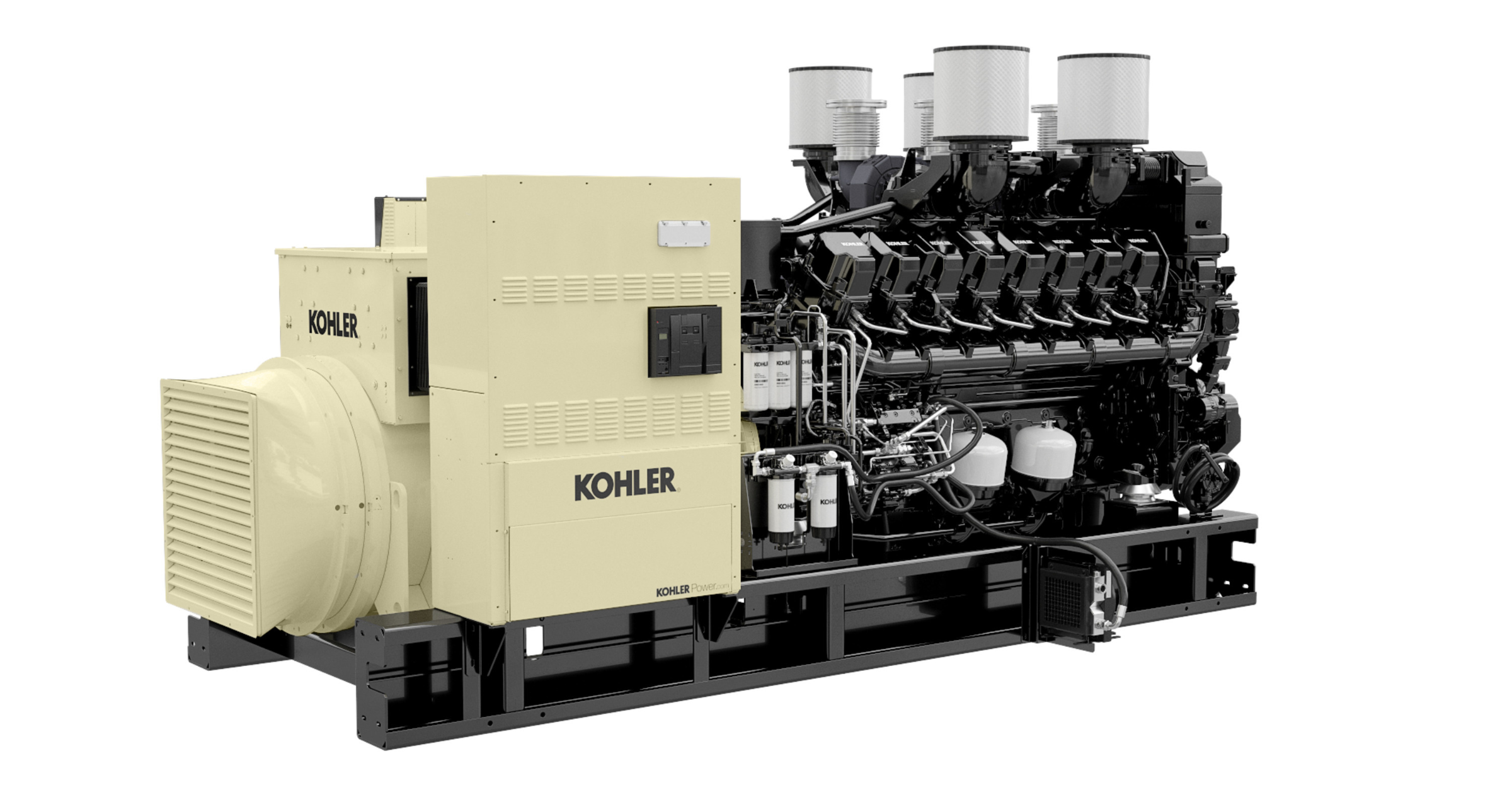How A UPS and Backup Generator Work Together To Maintain Uptime
Bugs, blips, blunders: they’re a fact of life. For data centers, outages are just a matter of when and not if. The list of potential emergencies and shutdown threats is intimidating: natural disasters, regulatory changes, application failures, cyberattacks, human error, you name it.
When preparing for outages, there are two mitigating layers of support power that can carry the data center’s IT equipment in times of need: a backup power supply, and an uninterruptible power supply (UPS). For data center novices looking to learn more, let’s take a look at these two elements to better understand their individual purposes and how they may interact.
Visualizing A Data Center Power System
To start, let’s map out how power runs through a data center. Electricity sourced from a utility grid runs through transformers into the building, past an automatic transfer switch. Remember that switch, because it comes into play later. So, once the electricity runs into the building, circuitry carries it to all the physical areas and components of the facility such as the HVAC system, lighting, physical security system, elevators, and individual outlets.
Power running to the IT equipment, though, doesn’t travel in a direct route. Before connecting to infrastructure like servers and routers, power runs through a UPS, then into power distribution units, which act as miniature transformers made especially for the IT systems..png?width=402&height=1005&name=Kohler%20Data%20Center%20Power%20System%20Infographic%20(1).png)
UPS vs. Backup Generator
While a UPS is used to provide power for a limited time, a backup power generator can provide power for longer periods of time. They are used in different circumstances, with a UPS being used for minor outages and a backup power generator being used for major failures. Let’s look at examples of each.
A UPS is an electrical device that provides emergency power to a specific load when the input power source fails. Typically powered by a battery, a UPS backup is used to protect computers, servers, and other electronic equipment from power surges, spikes, and brownouts – situations where power quality is poor or in areas where the power supply is unreliable. The UPS provides power to the equipment for a constrained amount of time, often just a few minutes. Because a UPS cannot carry full data center power, if it operated on its own it would only allow for a graceful shutdown of equipment upon an outage, and nothing more.
A backup power generator, on the other hand, is an engine that generates electrical power from a fuel source, such as diesel, propane, natural gas, or a biofuel like hydrotreated vegetable oil (HVO). Backup power generators are typically used in situations where significant power outages are anticipated. It can provide power for extended periods of time, ranging from several hours to several weeks, depending on the engine, fuel source, and load.
UPS and Backup Generator Working Together
Usually used for much different purposes, these two power elements can work together in a complementary way, with the UPS providing power for a short period of time while the backup power generator starts up and takes over.
Remember that automatic transfer switch? It’s the component that senses when quality power is no longer being drawn into the data center building. When this happens, the switch signals for the backup generator to engage. From the time the generator starts up, power is typically distributed throughout the facility within a few seconds, and those seconds are where the UPS comes in. To bridge the short gap between power outages and the time it takes for generators to reach stable power output, the UPS utilizes its battery system to generate power to the IT equipment. When the utility power is restored and stable, the automatic switch signals back to the utility feed and turns off the backup generator, while the power from the utility feed recharges the UPS.
Having both a UPS and a backup power generator provide data centers with added protection against power outages. The UPS can protect against short-term outages, while the backup power generator can provide power for extended periods. This combination can help ensure business continuity and protect against data loss, making it essential for data centers to have both.
For a deeper, more technical dive into standby generators transferring complex loads, check out our case study here. To read about how to choose the best generator for your needs, click here.
